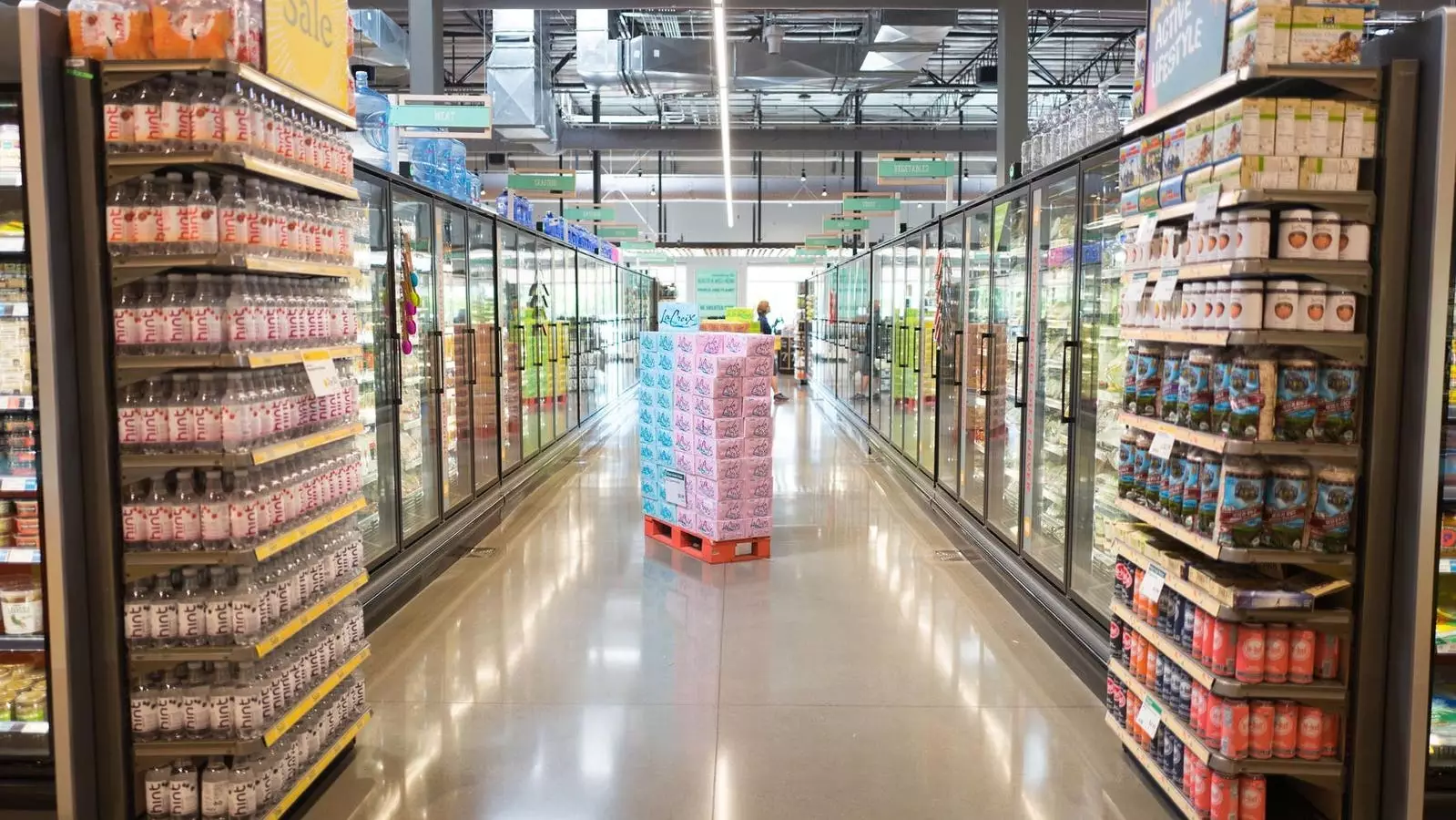The landscape of grocery retail is undergoing a seismic shift as retailers gear up to tap into the estimated $8.5 billion retail media market in the United States by 2024. As grocery retailers recognize the importance of integrating advanced advertising solutions into their operational strategies, an interesting narrative is emerging about how they are adapting to this complexity.
In the face of burgeoning competition, 97% of grocery retailers are opting for white-label or third-party solutions to launch their retail media platforms. This strategic decision reflects an acute awareness of both the urgency and intricacy associated with developing proprietary media capabilities. For many retailers, the expense and time involved in building an in-house platform is prohibitively daunting. Instead, leveraging existing solutions allows them to quickly enter the fray, improving their chances of capturing a slice of this lucrative market.
While the grocery sector has historically lagged in technological advancements, particularly regarding retail media, the industry holds a treasure trove of insights into consumer demographics and purchasing behaviors. The capacity of grocery retailers to analyze and leverage this data has yet to be fully realized. Notably, Kroger Precision Marketing emerges as a benchmark, utilizing its advanced analytics to achieve top rankings in audience targeting and measurement.
Dive deeper into the reasons why grocery retailers are eager to embrace retail media, and the potential for margin enhancement becomes evident. Integrating advanced technologies—such as digital screens, intelligent shopping carts, and loyalty-driven data analytics—opens the door to personalized shopper experiences and refined advertising strategies. These innovations showcase the direction grocery retailers want to take, clearly fostering relationships with customers based on tailored interactions rather than a one-size-fits-all approach.
Moreover, major advertisers like PepsiCo are raising the stakes by demanding transparent, data-driven returns on investment at every step of the sales funnel. Executives at recent industry gatherings have emphasized the necessity for robust measurement capabilities and adaptable creative options. PepsiCo’s CEO of North America beverages stipulated that retailers must enable API access to sync with their analytics, mirroring standards established by major media platforms like Meta and Google.
The maturation of retail media isn’t confined to grocery retailers alone. Companies outside this realm are setting benchmarks that can influence grocery strategies. A case in point is Home Depot, which recently launched ‘Orange Access,’ a self-service retail media platform that empowers advertisers to autonomously plan and optimize their campaigns, marking a shift from traditional media buying.
Research published in the Journal of Marketing Analytics highlights the significance of refined capabilities in the retail media arena. A study analysing 122,000 brands on Amazon revealed that various advertising products generate diverse impacts on brand metrics. It disclosed a nuanced relationship between brand size, category, and the effectiveness of advertising strategies—underscoring the sophistication needed for successful retail media networks.
While digital marketing strategies are paramount, brick-and-mortar stores present unique avenues for grocery retailers looking to enhance their retail media capabilities. Research indicates that in-store advertising yields impressive results, with average sales lifts of 14% across multiple consumer packaged goods (CPG) campaigns. More than just numbers, consumer sentiment around in-store advertisements is notably positive, with 87% of shoppers reporting a favorable experience.
Not all in-store advertising methods yield equal results, though. Digital displays at strategic locations, such as entranceways and deli boards, display remarkable engagement, making them prime real estate for grocery retailers.
A pivotal theme emerging from industry conversations is the need for retailers to bridge their digital and physical advertising efforts. A notable 93% of CPG brands are seeking integrated solutions that provide a holistic view of shopper interactions across channels. This comprehensive perspective informs advertising spend and optimizes omnichannel strategies, ultimately enhancing the efficacy of retail media campaigns.
The retail media landscape within the grocery sector is rife with possibilities. However, it is not without challenges. To achieve success, grocery retailers must invest in sophisticated targeting, measurement techniques, and seamless integration with technology partners. As the market expands, a plethora of options will become available, and making the right choices will be instrumental in fulfilling current advertiser expectations while also paving the path for future innovation.
In navigating these complexities, grocery retailers have a prime opportunity to redefine their advertising strategies and set new standards in engagement, transparency, and customer-centricity within a rapidly evolving ecosystem.

